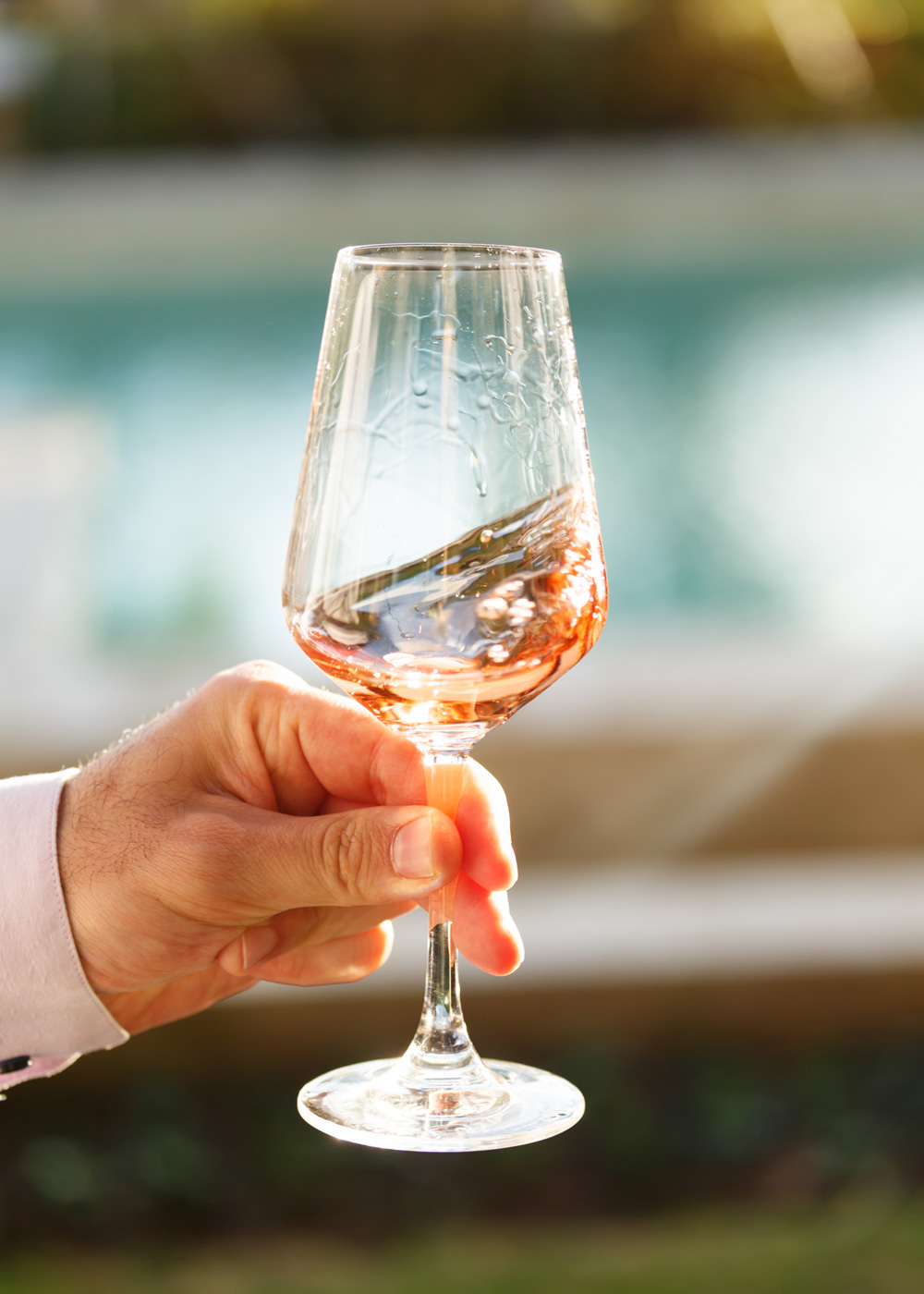The swirling of a wine glass is a unique culinary spectacle. When I began my journey in tasting and exploring wine, swirling produced both fascination and anxiety. I remember feeling helpless as I awkwardly sloshed my wine back and forth, failing to achieve the luminous vortex in the glasses of those around me. These days, I rarely notice swirling at all, unconscious of my own motions and oblivious to my counterparts. The color, aroma, flavor, origin, history, and the pairing of a wine dominate my mind rather than the physical coordination of the tasting process. I’ve gotten so bad, that I commonly swirl my orange juice, coffee or anything else I may have in my hand – to the occasional annoyance of my wife. Why do we swirl? How do we swirl? This post will examine the ubiquitous but seldom discussed facet of wine tasting.

Aeration
The temporal character of wine distinguishes it from other beverages. Whiskey, for example, does not change once bottled, whereas wine changes moment by moment and year by year. One might compare wine with music, as both require the passage of time for full appreciation.
Exposure to oxygen is one of many complex processes that contribute to wine maturation. After a cork is pulled, the wine is exposed to large amounts of oxygen for the first time since bottling, and volatile substances are released into the air – including alcohol and other molecules responsible for the perception of aromas. Swirling the wine increases contact between the liquid and air intensifying the bouquet. Essentially, swirling amplifies a wine’s aromas – it’s like turning the volume up on your stereo. Subtle aromas are easier to detect, and the tasting experience is enhanced.

How to Swirl
First of all, refrain from over-filling your glass. The more room you have in your glass, the easier to swirl and the better the wine will smell. Try not to fill the glass more than one-third of the way – if you have the bottle close at hand, you can pour even less and simply refill your glass more often. I like my glass to be about 80% empty, especially for swirl practice.
When you begin practicing, use water, not wine in order to save money and avoid possible stains and spills. Put your glass on the table, hold the base of the stem with your thumb and forefinger. Pretend the stem of the glass is a pencil and draw tiny circles on the table. Don’t worry about what the liquid does, just concentrate on the circles. Soon, you should see a lovely swirl develop in the glass. You can stick with this tabletop swirling for as long as you want – I still do it all the time. After a while, you’ll find yourself able to pick the glass up off the table and swirl while standing. At this point, you can develop your own style. Some wine lovers have a tight, fast swirl, while others have a more languid approach – as you become more comfortable, your own style may materialize.

If you find yourself at a tasting before you’ve perfected your swirling abilities, simply drink the wine without swirling. You may feel self-conscious, but no one will notice. It can be more uncomfortable to pretend to swirl than to avoid it all together.
After a few days and glasses of wine, you’ll become a proud master swirler and can practice the art throughout your life as a connoisseur.



